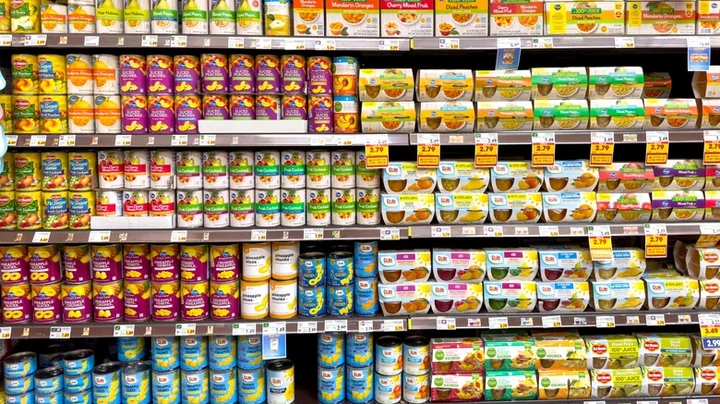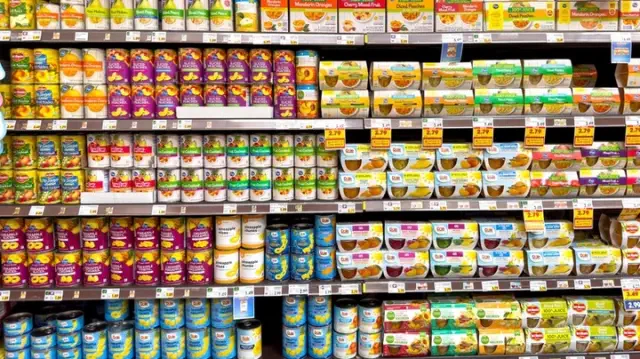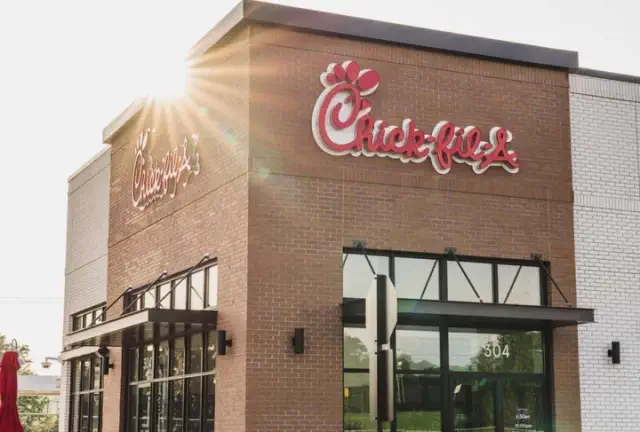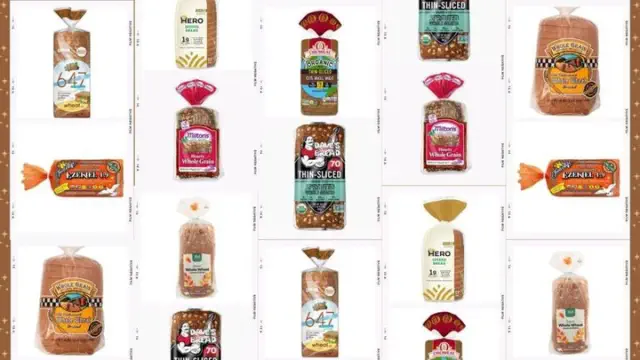
View pictures in App save up to 80% data.
Say you're about to whip up a bunch of fruit salad or some banana cream pie. If all of the bananas at your grocery store are green, you might tempted to look for a can of them instead. Before you do, take note. This popular fruit made the wrong side of our 6 Best and 6 Worst Canned Fruits to Buy at the Grocery Store.
Timing perfectly ripe bananas can be a challenge. Like avocados, they tend to go from "not yet" to "too late" awfully fast. But if they're canned when they're ripe, they're already on their way to being mushy. What's more, packing them in water or sugary syrup (which adds extra calories) will only make them soggier. There's also no guarantee that they'll keep their attractive creamy yellow color. If you're baking with them, that's not a problem, but if they're the star of your recipe, you definitely don't want them to look brown.
Why freshness stands out as the top choice

View pictures in App save up to 80% data.
Bananas thrive in tropical areas around the globe, often in regions where labor is inexpensive. Unlike several other crops, bananas do not require replanting annually, and a single tree can produce as many as 240 bananas. These characteristics contribute to their low cost, making them roughly half the price per pound compared to apples or oranges. Due to the additional expenses associated with processing, canned bananas are unlikely to be competitive in terms of pricing. Moreover, using canned bananas wouldn't significantly reduce your workload; in fact, peeling a banana might even be quicker than opening a can.
All in all, we can't see any reason to skip buying fresh bananas. At worst, you may have to put them in a paper bag to ripen a little quicker. And if they happen to get overripe, you can always use them in pancakes and waffles or freeze them for the next morning's strawberry-banana smoothie.










